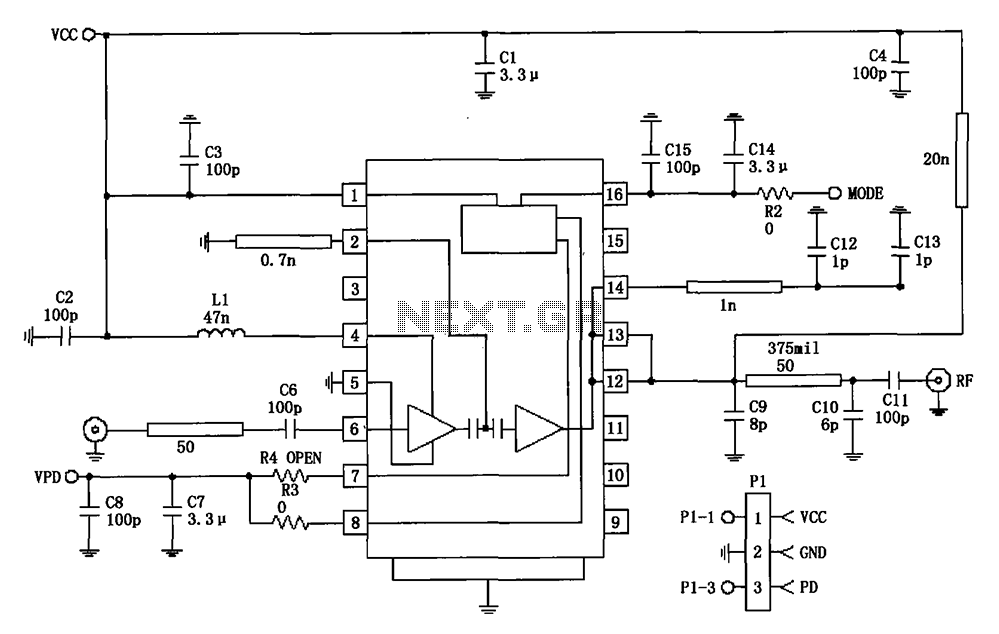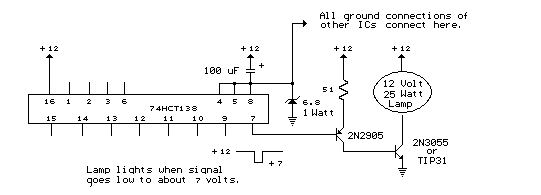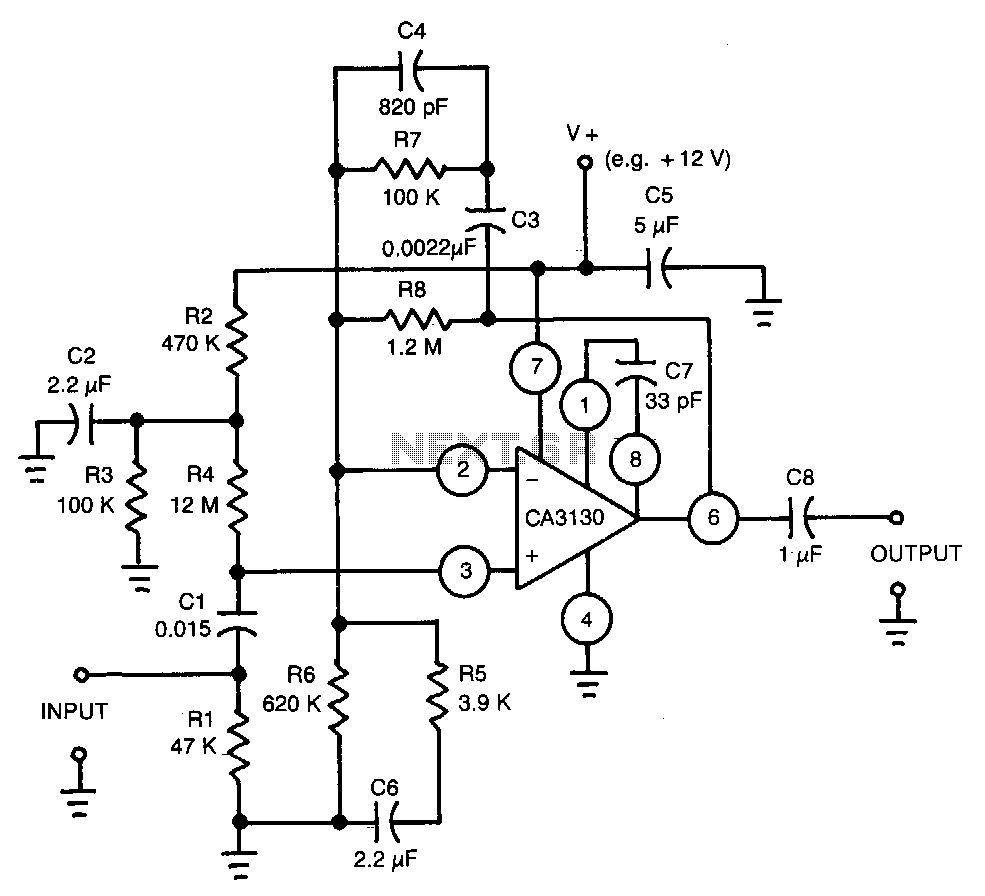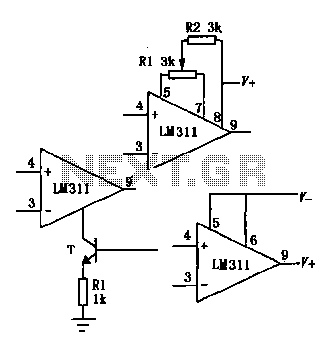
pre amp single supply

Unbalanced preamplifier with a single supply. The use of a single power supply necessitates the creation of a voltage that is half of the supply voltage. This half-voltage is generated by resistors R9 and R10, which are configured in a voltage divider bridge.
The unbalanced preamplifier circuit operates with a single power supply, making it suitable for applications where dual power supply systems are impractical. The circuit design relies on a voltage divider formed by resistors R9 and R10 to produce a reference voltage that is half of the supply voltage. This configuration is essential for biasing the input signal, ensuring proper operation of the amplifier.
In this design, the input signal is fed into the non-inverting terminal of an operational amplifier (op-amp) configured for gain. The op-amp amplifies the input signal while the voltage divider provides a stable reference point, allowing the op-amp to operate effectively within its linear region. The output of the amplifier can then be connected to subsequent stages of the audio processing chain or other circuitry.
The choice of resistors R9 and R10 is critical, as their values determine the reference voltage and the input impedance of the circuit. It is essential to select resistors with appropriate tolerances and temperature coefficients to maintain circuit performance under varying conditions. Additionally, bypass capacitors may be included near the power supply pins of the op-amp to filter out high-frequency noise and improve stability.
Overall, this single-supply unbalanced preamplifier design is a compact and efficient solution for amplifying low-level signals in various electronic applications, such as audio systems, sensor interfaces, and communication devices.unbalance pre amp single supply. The use of a single power supply requires the presence of a voltage equal to the voltage divided by two. This half-voltage is created by the resistors R9 and R10 connected in voltage divider bridge. 🔗 External reference
The unbalanced preamplifier circuit operates with a single power supply, making it suitable for applications where dual power supply systems are impractical. The circuit design relies on a voltage divider formed by resistors R9 and R10 to produce a reference voltage that is half of the supply voltage. This configuration is essential for biasing the input signal, ensuring proper operation of the amplifier.
In this design, the input signal is fed into the non-inverting terminal of an operational amplifier (op-amp) configured for gain. The op-amp amplifies the input signal while the voltage divider provides a stable reference point, allowing the op-amp to operate effectively within its linear region. The output of the amplifier can then be connected to subsequent stages of the audio processing chain or other circuitry.
The choice of resistors R9 and R10 is critical, as their values determine the reference voltage and the input impedance of the circuit. It is essential to select resistors with appropriate tolerances and temperature coefficients to maintain circuit performance under varying conditions. Additionally, bypass capacitors may be included near the power supply pins of the op-amp to filter out high-frequency noise and improve stability.
Overall, this single-supply unbalanced preamplifier design is a compact and efficient solution for amplifying low-level signals in various electronic applications, such as audio systems, sensor interfaces, and communication devices.unbalance pre amp single supply. The use of a single power supply requires the presence of a voltage equal to the voltage divided by two. This half-voltage is created by the resistors R9 and R10 connected in voltage divider bridge. 🔗 External reference





